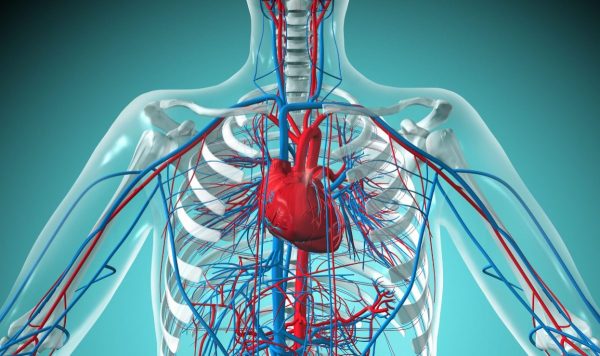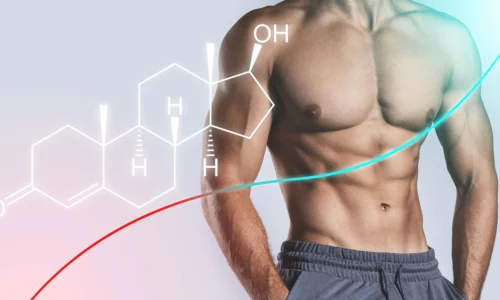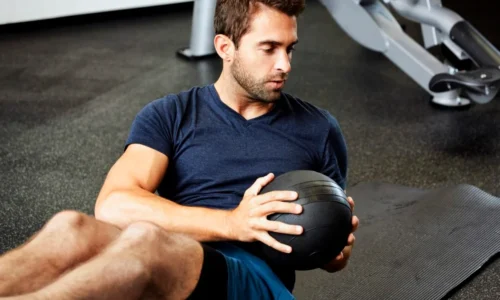The human body is an incredible machine. It contains countless veins and arteries that carry blood throughout the body. These play a vital role in keeping us healthy and functioning properly.
In this blog post, we will take a closer look at these veins, understand their number in the human body and learn more about their importance. We will also discuss some of the common health conditions that can affect them. So, stay tuned for all the details!
Number of Veins in the Human Body
As it turns out, the number of veins in humans is a bit of a mystery. The reason for this is that they are often hidden beneath the skin, making them difficult to count.
However, some estimates put the number of Veins that carry blood back to the heart, and they are an essential part of the circulatory system. They are typically thinner and less durable than arteries, which carry blood away from the heart.
There are approximately 60,000 miles of veins in the human body, making them one of the largest networks in the body. That’s enough to go around the world more than twice!
According to a research article, a human body roughly consists of 34 major veins connected with smaller veins making the total 60,000 miles.
While the number in humans is impressive, it’s nothing compared to the number of arteries. Arteries are much larger and more numerous, with an estimated 100,000 miles in the human body.
Different Types of Veins and Their Roles
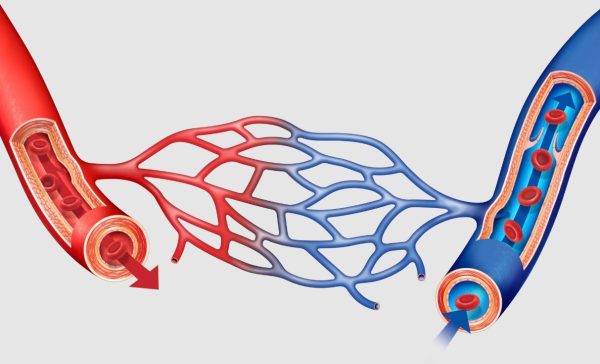
These are no exceptions. There are three types of veins in the human body:
- superficial veins
- deep veins
- perforating veins
Superficial is located just under the skin and is responsible for carrying blood back to the heart.
Deep are located deeper in the body and are responsible for carrying blood from the extremities back to the heart.
Perforating connect the superficial and deep veins, allowing blood to flow between them.
Each type plays an important role in keeping the body functioning properly. When one type of it is not working properly, it can cause problems for the entire system.
For example, if a deep vein is not working properly, it can cause a build-up of fluid in the extremities, which can lead to swelling and pain. They are an essential part of the human body, and understanding how they work can help us to better care for our health.
Why Are Veins Important?
The reason that they are so important is that they play a vital role in the circulatory system. This system is responsible for delivering oxygen and nutrients to cells throughout the body.
Without them, the circulatory system would not be able to function properly, and the body would not be able to get the oxygen and nutrients it needs.
They are also important because they help to remove waste products from the body. These waste products can build up in the body and cause problems if they are not removed.
They play a vital role in the human body, and they are essential for good health. Understanding more about veins can help us to better care for our bodies and keep our circulatory system functioning properly.
How to Locate Veins for IV and Venipuncture?
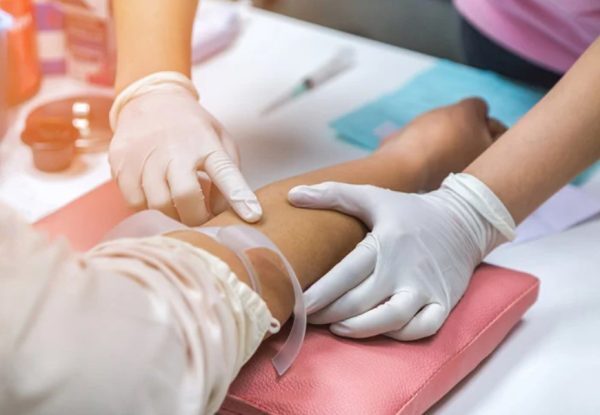
IV and venipuncture are two medical procedures that require the use of it. Both of these procedures involve inserting a needle into a vein in order to access the blood.
In order to ensure that the needle is inserted into the correct spot, it is important to know how to locate veins. There are a few different ways to locate them, and the best method may vary depending on the individual. some of the most common methods include:
Palpation
Palpation is a method of locating veins by feeling for them with the bare hands. This method is often used to locate them in the arms.
To palpate for veins, the hand is placed on the skin and moved around until a pulse is felt. The pulse is then followed until it is found.
This method is often used to locate veins in patients who have dark skin or are obese. It can also be used to locate the ones which are difficult to see.
Vein Finding Device
A vein finding device is a small, hand-held device that uses light to locate veins. The device is placed on the skin, and the light is used to find them.
This method is by far the most accurate way to locate veins. It is also the quickest and easiest method, which makes it ideal for use in emergency situations. One of the best vein finding devices in the market is the AimVein Finder, you can visit aimvien.com to explore this. This device is FDA cleared and it is very accurate in locating them.
Transillumination
Transillumination is a method of locating veins that uses light to find them. This method is similar to the vein finding device, but it does not require a device.
Instead, a light is placed under the skin, and it is located by the shadow it casts on the skin. This method is often used to locate veins in infants and young children.
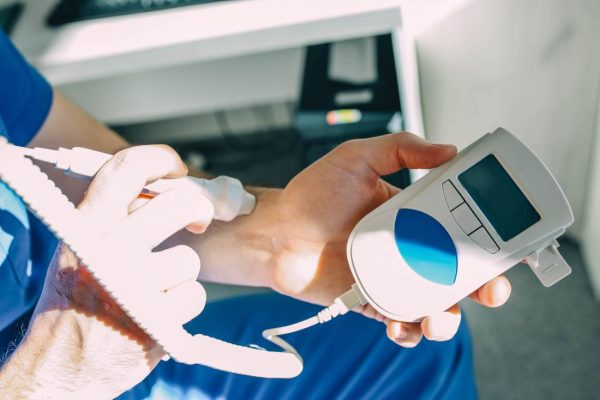
Doppler Ultrasound
This method is also similar to the vein finding device, but it does not require a device. Instead, a sound wave is used to find them. This method is more accurate than Transillumination and can be used to locate them in any area of the body.
It simply involves placing the sensor on the skin and moving it until the soundwaves cast an image on the screen. The image is then used to guide the needle into the vein.
Final Thoughts
In conclusion, we’ve seen that the human body is quite amazing. Our veins are just one example of the many intricate and complex systems our bodies have.
We hope you’ve enjoyed learning about veins as much as we enjoyed writing this post! What other interesting facts about the human body do you want us to explore? Let us know in the comments below!

